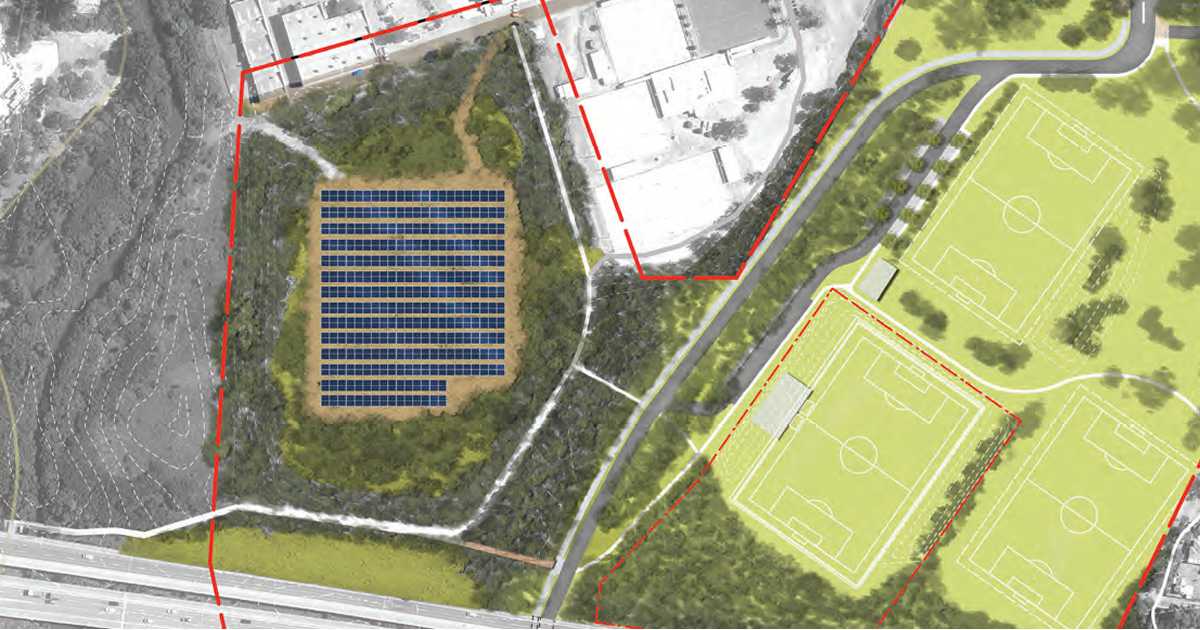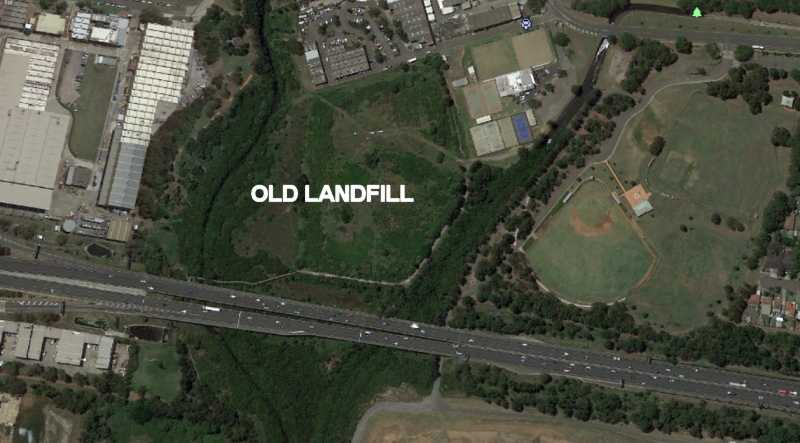
Sydney’s City of Canterbury Bankstown has kicked off an expression of interest process for the development of an urban solar farm within its boundaries.
The summary states:
“Council is seeking Expression of Interest (“EOIs”) from suitably qualified and experienced Respondents for design, investigation, approvals and construction of a solar farm on a former landfill site (of approx. 30,000m2) in the Canterbury-Bankstown LGA. This includes options for maintenance and operation of the constructed solar farm and may include options for electricity offtake.”
The site is adjacent to Salt Pan Creek in Riverwood, where a tip operated from 1966 until 1992 and is now part of a reserve.

Not a lot of thought was given to the placement of landfills back in the day in terms of environmental impacts. The tip covered much of the site pictured above and given ongoing contamination issues, options for other uses are limited. While solar farms in suburbia have ruffled the feathers of some residents elsewhere, this one would be next to a commercial/industrial area.
Establishing a solar power station is part of the Salt Pan Creek Reserve Masterplan, which was released for public feedback in 2018. The desired capacity isn’t mentioned in the EOI notice, but it’s noted on Council’s project page as 2MW.
The masterplan indicated a facility of this size could provide around 9.5% of Council’s electricity requirements at the time. The cost at that point to construct the solar farm would have been approximately $3.7 million (solar has dropped in price since then) for a simple payback of 4.6 years.
The EOI closes on the afternoon of March 24.
Solar Energy In Canterbury Bankstown LGA
Currently 20% of Council’s electricity comes from Moree Solar Farm through an arrangement that commenced last year. Council has also installed more than 450kW of solar capacity on 20 of its assets, which contribute around the equivalent of 3.6% of its electricity requirements, including powering street lights. 10 systems have been added since we last reported on Council’s PV activities back in 2017.
Between the Moree arrangements and Council’s own PV, it was expecting to save more than $90,000 on electricity costs in the first three years.
Just north of 50MW of solar capacity had been installed across the LGA as at the end of September last year (source: APVI). 11,110 solar installations were under 10kW, 507 in the 10-100kW range and 7 more than 100kW capacity.

 RSS - Posts
RSS - Posts



I don’t think 4.6 years is correct. Can you share how this is calculated?
Hi John, Ronald here.
I don’t know how they calculated it. Two megawatts of fixed mount solar in Sydney will generate around 29,000,000 kilowatt-hours a year. If the Council is paying 25 cents per kilowatt-hour the simple payback would be about 5 years if it cost $3.7 million. The trouble with this is the council is likely to be paying less than 25 cents per kilowatt-hour and it would have to be close to a large source of council electricity consumption so it would could save them the retail price of electricity instead of being sent into the grid for the wholesale price. I suspect the actual cost will be less and the payback period longer, but I don’t know any details.